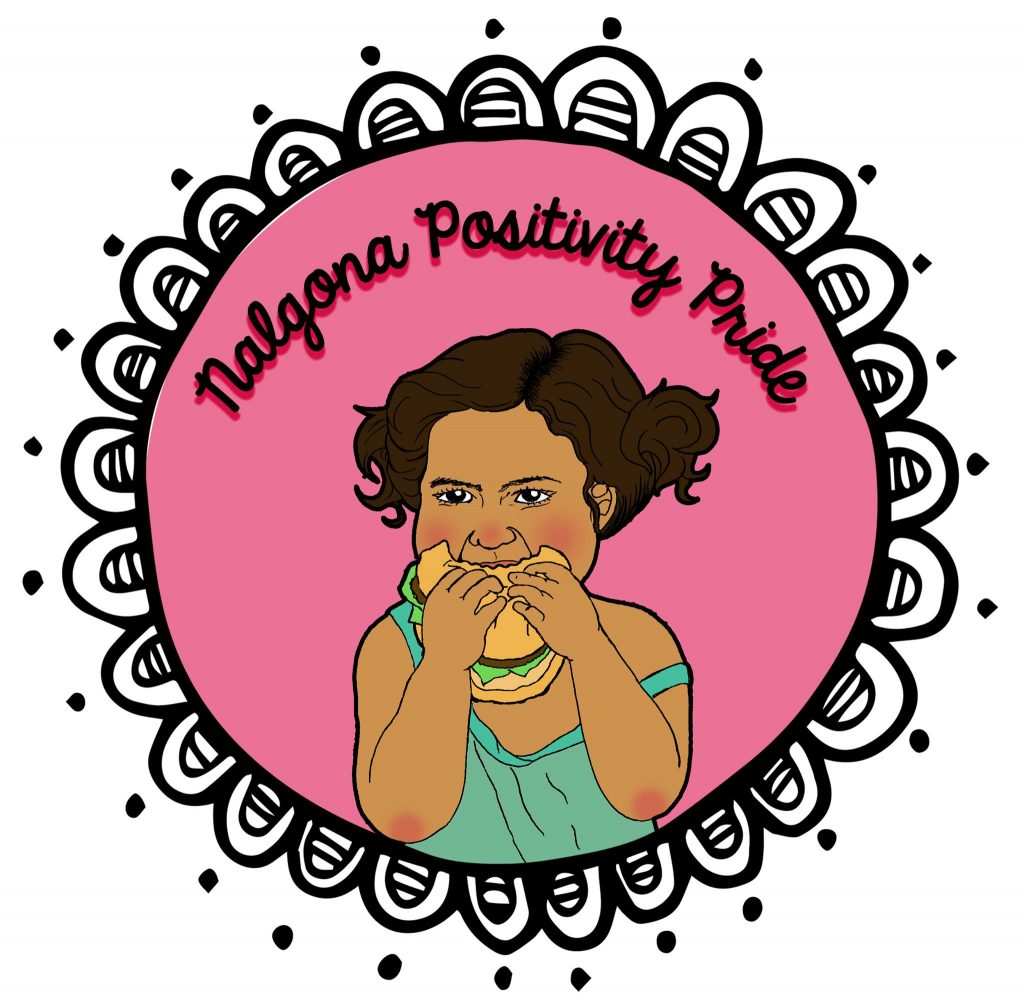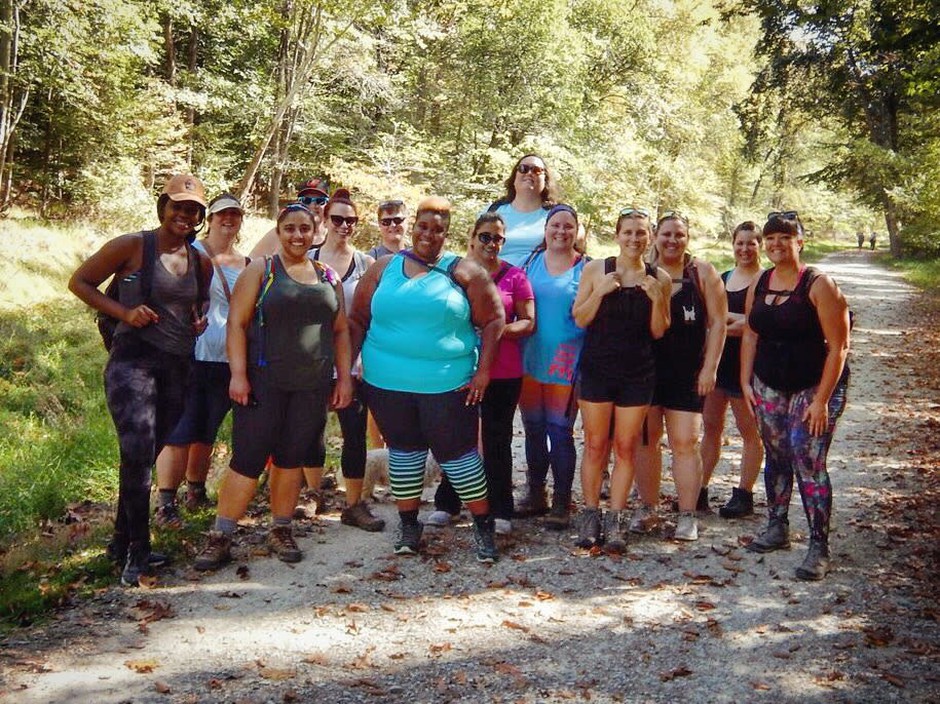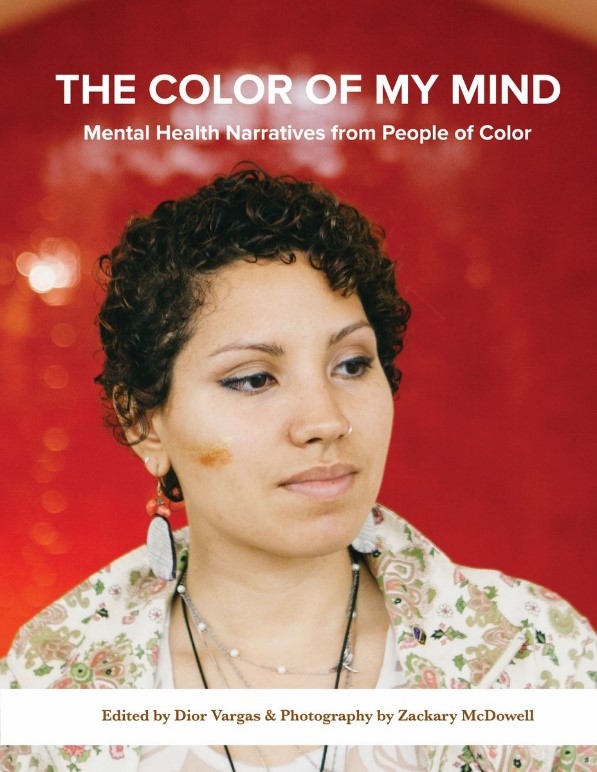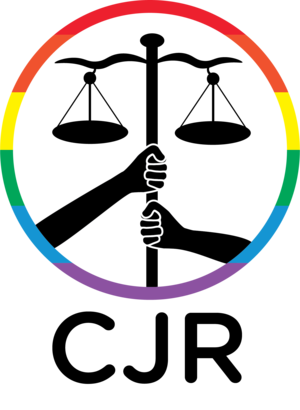By Rebecca Capurso
Here at Adios Barbie, we’re all about positive body image, mental health, and the intersectional experiences of race, gender, sexuality, and other identities. We love seeing groups of people come together to not only promote these values, but speak from authentic experiences that create support and knowledge for others whose identities are marginalized. So, we put together a list of kick-ass organizations, nonprofits, and individuals who are doing just that! Here are our spring picks of seven organizations and people you can join, support, share, or just take inspiration from.
1) Nalgona Positivity Pride
After experiencing firsthand how few resources there are for people with eating disorders who aren’t white and middle or middle-upper class, Gloria Lucas decided to create Nalgona Positivity Pride, “a Xicana-indigenous body-positive organization” that provides support for people of color who are dealing with eating disorders or poor body image.
for people with eating disorders who aren’t white and middle or middle-upper class, Gloria Lucas decided to create Nalgona Positivity Pride, “a Xicana-indigenous body-positive organization” that provides support for people of color who are dealing with eating disorders or poor body image.
How does historical trauma (such as the felt effects of colonization and Post Traumatic Slave Syndrome) change the way an eating disorder is experienced? What are the challenges involved in maintaining a positive relationship with one’s body as a person of color? These are the some of the intersectional issues that NPP works with and provides education on through public workshops, online courses, and social media. NPP also provides resources for indigenous peoples and people of color struggling with eating disorders, including a free peer support group called Sage and Spoon.
This organization is a much-needed departure from the main-stream body-positivity movement, which tends to cater to people from white, middle/upper-class backgrounds, who are also the focus of most of the research done on eating disorders. NPP’s work serves as a reminder that people of color are often left out of the conversation around eating disorders and body-positivity, and don’t have access to the same resources or support systems.
2) LGBT Asylum Task Force
In over 70 countries throughout the world, it’s still considered a crime to be LGBTQ+. The people who identify as such face discrimination, imprisonment, and even death. People who are able to leave their country often seek refuge in the U.S. and other countries where differences in sexuality, sex and gender identity aren’t criminalized. This can be a terrifying and challenging process. That’s where LGBT Asylum Task Force comes in.
Based out of Hadwen Park Church in Worcester, Massachusetts, this community-based organization works to provide assistance to LGBTQ+ people who are filing for asylum in the U.S. This involves getting a work permit and social security number, a process that can take over a year. During this time, the organization helps to find or provide housing, financial and legal assistance, food, clothing, and other resources.
LGBT Asylum Task Force also provides public education through workshops, events, and a social media presence as a way of helping to de-stigmatize LGBTQ identities around the world, in an effort to encourage decriminalization.
3) Unlikely Hikers
What does an “outdoorsy” person look like, according to our culture? Slim, white, able-bodied, summiting a new peak every weekend? This is how hikers, campers, and outdoorsy folk are routinely portrayed in media, and this is also the sort of person who has the easiest access to the great outdoors. Unlikely Hikers aims to change that.
This organization was founded by Jenn y Bruso, who self-identifies as a fat and queer writer and hiker. Her goal was to start making space for people who are underrepresented in outdoor media and often don’t have comfortable access to outdoor recreation, such as fat people, people of color, queer people, and people with disabilities.
y Bruso, who self-identifies as a fat and queer writer and hiker. Her goal was to start making space for people who are underrepresented in outdoor media and often don’t have comfortable access to outdoor recreation, such as fat people, people of color, queer people, and people with disabilities.
Unlikely Hikers creates this space in part by offering group hikes of various levels throughout the country, with an emphasis on inclusivity, body positivity, and respect for all identities and abilities. They have an inspirational Instagram community, in which people tell the stories of how they overcame adversity and stereotypes and found their place in the outdoors. They also provide lists of outdoor resources, how-to guides, and links to sites that sell great plus-size activewear. Throughout all their events and online content, there is also an importance placed on Native land acknowledgement.
This inclusive, intersectional organization is helping to show the world just who exactly can be “outdoorsy” – everyone!
4) The Work of Dior Vargas
Dior V argas – feminist, Latina, queer, mental health activist – created an incredible photo project to help increase awareness and representation of mental illness among people of color. The People of Color and Mental Illness Photo Project allows people of color to submit photos of themselves holding a sign expressing whatever they wish to say about their mental illness.
argas – feminist, Latina, queer, mental health activist – created an incredible photo project to help increase awareness and representation of mental illness among people of color. The People of Color and Mental Illness Photo Project allows people of color to submit photos of themselves holding a sign expressing whatever they wish to say about their mental illness.
One sign, for example, reads “I’m Sol, I’m a non-binary Salvadoran, and I live, struggle, and grow with depression. Let’s talk about it.” Another says, “I am Anneli. I am a Chinese Swede living in the US. I struggle with anxiety.” These are just two of the many diverse images submitted.
Vargas recognized the need for greater acknowledgment of POC’s with mental illness in the media and in the medical community, where there are fewer resources than there are for white people. Because of the lack of representation, mental illness is still often considered “a white person’s disease” among communities of POC. The goal of this photo project is to help dismantle that stigma and create space for people of color to talk about their mental illnesses and find resources to help.
Last year, Vargas turned the project into a book called The Color of My Mind: Mental Health Narratives from People of Color. The book features the experiences of 34 people of color who live with mental illness. Beyond her photo project, Vargas also promotes awareness by speaking at events, panels, and conferences.
5) Endangered Bodies
 With branches all over the world, Endangered Bodies is an organization that is fighting back against body hatred and standards of body uniformity through campaigns, events, and activism.
With branches all over the world, Endangered Bodies is an organization that is fighting back against body hatred and standards of body uniformity through campaigns, events, and activism.
One campaign involved the Model Meter, created by a member of the London branch of Endangered Bodies. This was a rectangular outline illustrating the “ideal” proportions of a runway model, which are ridiculously tall and narrow. The idea was for people to post images of themselves standing in the outline to help us better understand that 95% of women and girls aren’t being represented in the images being consumed in the media.
The Buenos Aires branch, AnyBody Argentina (founded by writer and activist Sharon Haywood—former editor of Adios Barbie), fought for size law compliance among Argentinian clothing stores. Size laws require clothing stores to stock eight standardized sizes, but very few places were in compliance, leaving 70% of women struggling to find their size. AnyBody Argentina worked to reduce this number by publicly congratulating stores and brands that demonstrated inclusivity in sizes offered.
Other past events include National No Diet Day, and the successful campaign #FatisNotaFeeling, which made Facebook remove the ‘fat’ and ‘ugly’ options for feelings in status updates. Endangered Bodies also provides education on the dangers and falsehoods perpetuated by the Body Mass Index (BMI).
At a time when 72% of all girls and 68% of all women avoid doing ordinary activities because they don’t like the way they look, Endangered Bodies is doing important work to improve body positivity, decrease sexualization of female bodies, and increase representation and diversity of bodies in the media across the globe.
6) Los Angeles Spoonie Collective
 The Los Angeles Spoonie Collective is a group of LGBTQ+ chronically ill, disabled, and neurodivergent individuals working towards justice, representation, and the dismantling of ableism.
The Los Angeles Spoonie Collective is a group of LGBTQ+ chronically ill, disabled, and neurodivergent individuals working towards justice, representation, and the dismantling of ableism.
The name comes from Spoon Theory, a metaphor for living with chronic illness or disability created by Christine Miserandino, a woman living with Lupus. According to Spoon Theory, each day we have a limited number of spoons (measurements of energy) to spend on tasks and activities. Once our spoons are gone, our energy is depleted until we can rest and recover. People living with illness or disability often don’t have many spoons to spend or have to give extra spoons to daily tasks. It’s a helpful metaphor for understanding the need to ration our energy and how our needs vary, as well as for allowing us to be kind to ourselves when we lack spoons.
The Spoonie Collective organizes events and provides panels and workshops on topics like body positivity for disabled bodies, disability erasure in the media, and the intersections of disability and race. The organization strives to create a more inclusive and informed world for people with disabilities and illnesses.
7) Coalition for Justice and Respect (CJR)
Based in Chicago, CJR is a non-profit whose focus is on gaining equal rights and respect for the Black LGBTQ+ community. At a time when Black LGBTQ+ Americans are still experiencing the highest rates of poverty, homelessness, violence, and employment discrimination, the voice of this organization is incredibly necessary.
CJR is a collection of agencies, social organizations, faith-based communities, and individuals who are working together to promote equality and decrease stigma. They provide sponsored events (like a queer comedy show for National Coming Out Day), petitions, discussions, and share events and articles through their social media platform.
The intersection of being Black and LGBTQ+ can be a challenging and dangerous place to exist, so it’s important to recognize organizations like CJR that are working to support folx whose lives are in that intersection.
